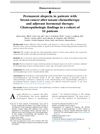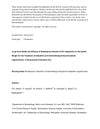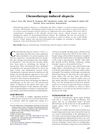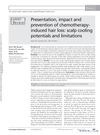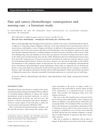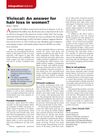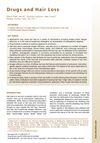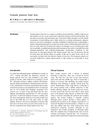Determination of the Factors Affecting the Frequency of Chemotherapy-Induced Alopecia and Methods of Coping with Alopecia
May 2021
in “
Kahramanmaraş Sütçü İmam Üniversitesi Tıp Fakültesi Dergisi
”
TLDR Most women undergoing chemotherapy experience hair loss, and many cope by using wigs or bonnets.
The study, conducted with 240 patients in Istanbul, aimed to determine the prevalence of chemotherapy-induced alopecia and coping methods. It found that 85.7% of women experienced alopecia, with higher rates in patients with genitourinary system cancer (92.0%) and breast cancer (88.5%). Alopecia was more common in patients undergoing chemotherapy for less than a year (82.5%) and less common in Stage IV cancer patients (69.7%). A significant portion of patients (61.0%) used wigs or bonnets to cope with hair loss. The study concluded that alopecia was more prevalent among women, particularly those with certain types of cancer, and higher education levels correlated with increased use of wigs and bonnets.
